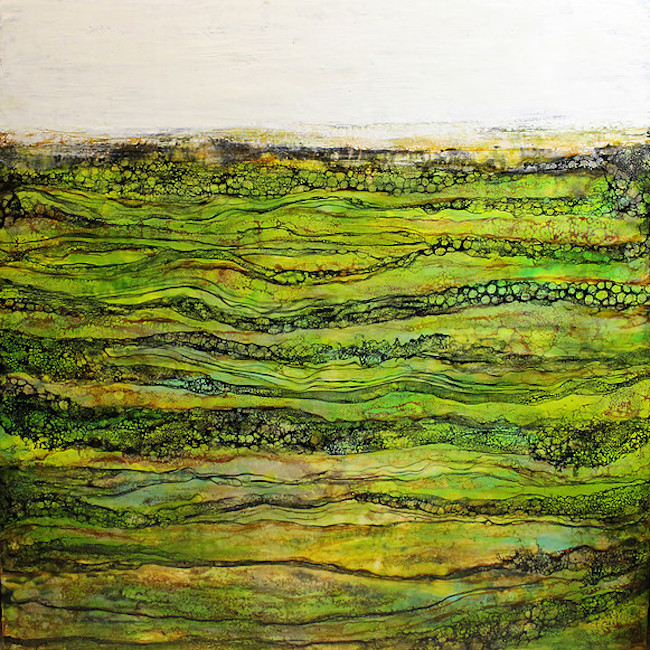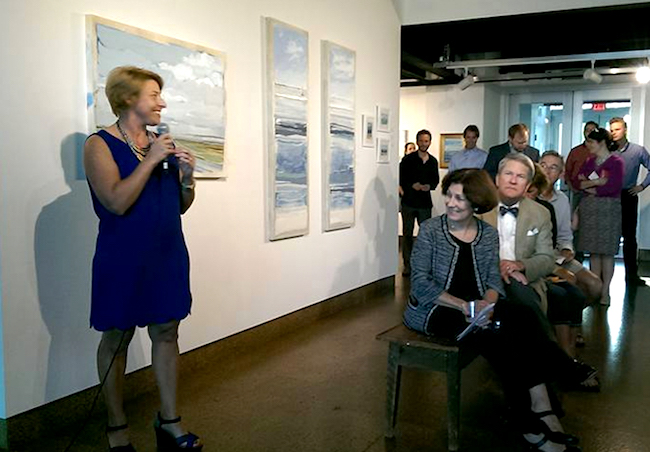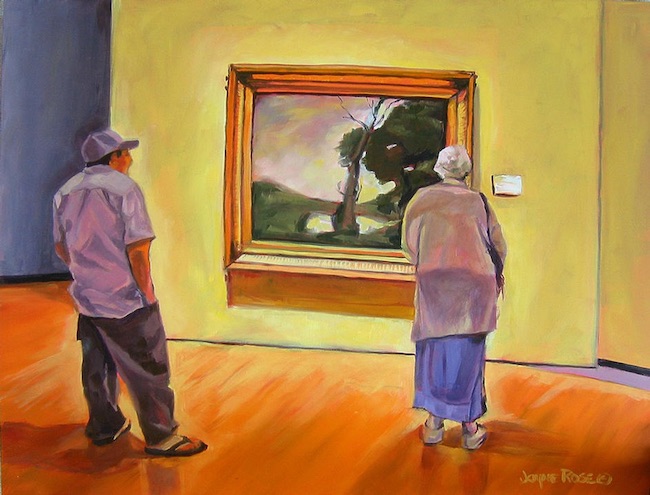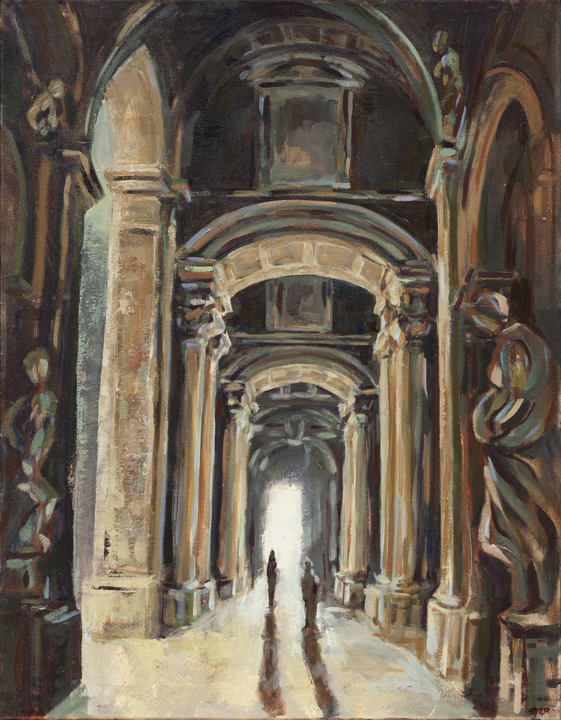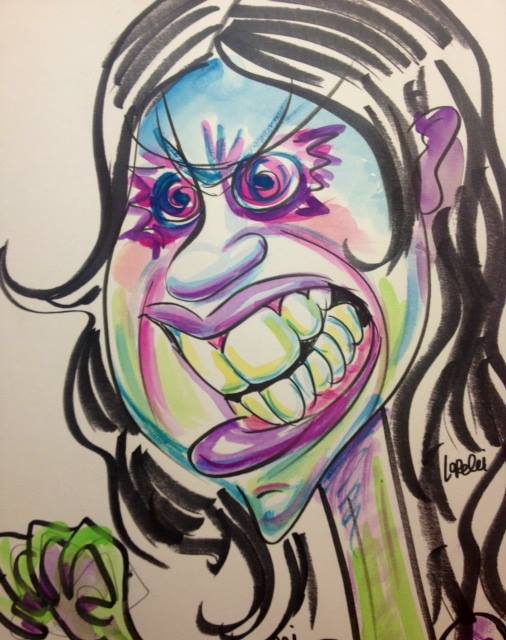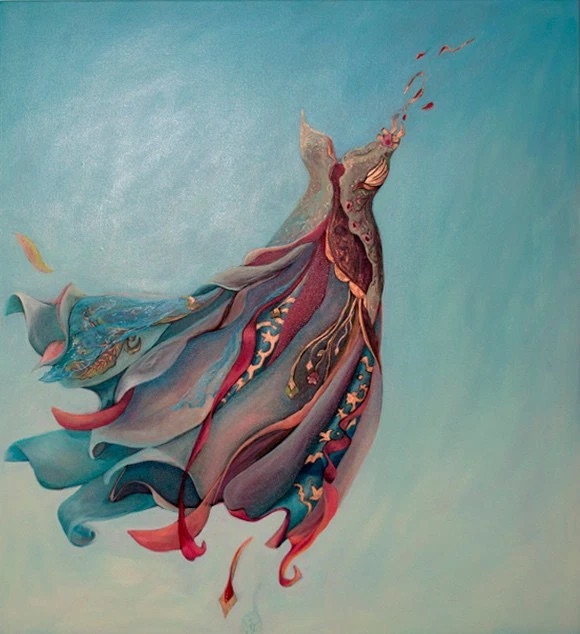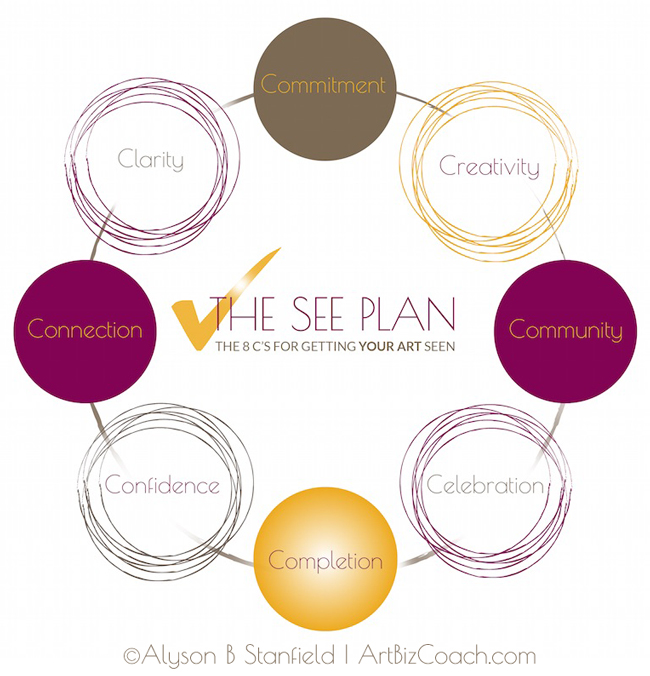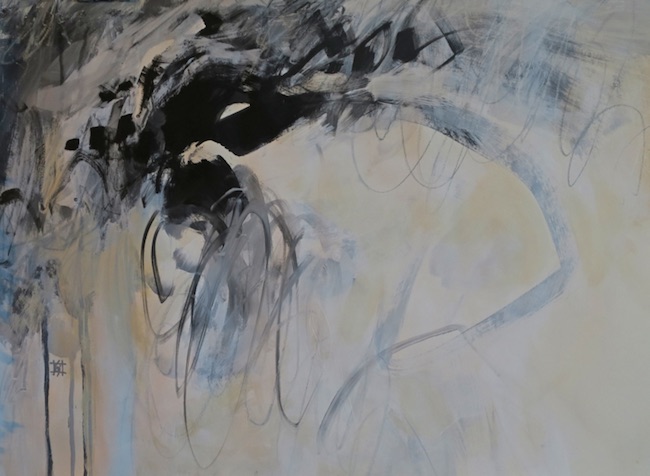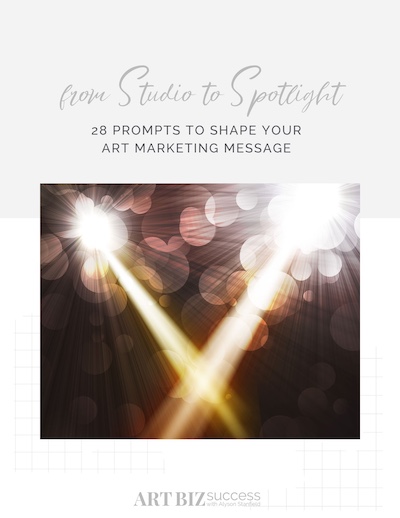Lucky You
When it comes to building an art career, I subscribe to Thomas Jefferson’s view of luck:
I’m a greater believer in luck, and I find the harder I work the more I have of it.
― Thomas Jefferson
In other words, don’t rely on luck to hand you a successful art career. Roll up your sleeves and get to work. Every. Single. Day.
On this St. Patrick’s Day, it doesn’t hurt to remind ourselves how lucky we are. But every lucky gold coin has a flip side to be aware of.
Self-Expression
You’re lucky you can express yourself freely through your art form. We take this for granted, but not everyone in the world can safely get away with doing so.
In many countries, artists are a dangerous lot because they refuse to go along with the status quo and have “outrageous” ideas about democracy and freedom of religion.
Above all, be grateful for freedom of expression.
On the flip side:

